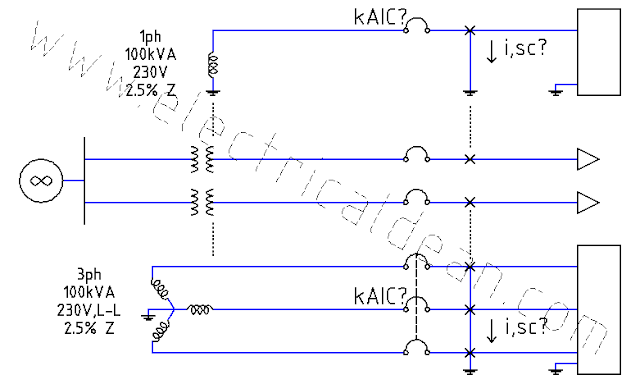Circuits - Scenario 3

SITUATION A defective battery is found to have excessive heat losses during quality control tests. How its internal resistance determined to verify if it matches with its original design specification? ANALYSIS 1.) One-line diagram: o|---EMF,batt---R,batt---R,load---|> EMF,batt = battery internal electromotive force R,batt = battery internal resistance R,load = dummy load resistance 2.) Ohm's Law: V,load = i * R,load i = V,load / R,load 3.) KVL: (-EMF,batt) + i * (R,batt + R,load) = 0 (-EMF,batt) + (V,load / R,load) * (R,batt + R,load) = 0 (-EMF,batt) + (V,load / R,load) * R,batt + V,load = 0 V,load (R,batt / R,load) = EMF,batt - V,load R,batt / R,load = (EMF,batt / V,load) - 1 R,batt = [ (EMF,batt / V,load) - 1 ] * R,load At no load: V,NL = EMF,batt At full load: V,FL = V,load R,batt = [ (V,NL / V,FL) - 1 ] * R,load CONCLUSION The internal resistance of a battery can be determined by measuring its no-load voltage, then placing a known resi...






